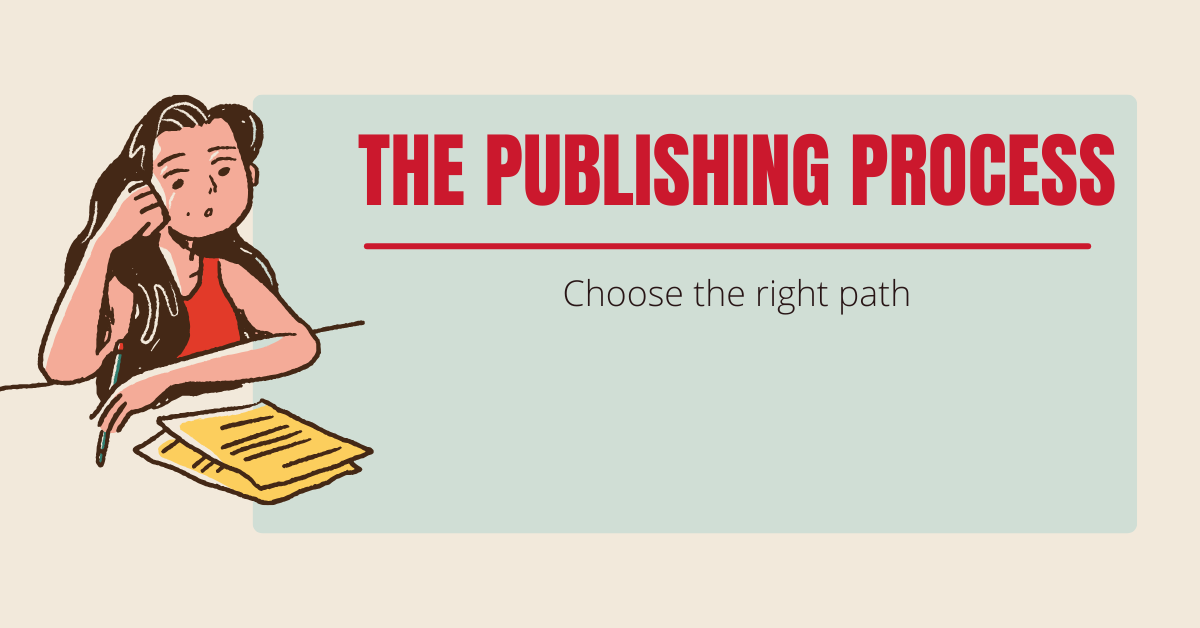Why Publishing a Legacy Book Matters
You’ve spent decades leading, innovating, and building—now, it’s time to preserve your insights in a Legacy Book that will inspire future leaders, employees, and entrepreneurs.
But how do you turn your manuscript into a professionally published book?
Publishing is just as important as writing. The right publishing path ensures:
✅ Your book is high-quality, professional, and widely accessible.
✅ Your leadership insights reach the right audience.
✅ Your book strengthens your personal brand and business reputation.
This guide explores the three main publishing options—Traditional Publishing, Self-Publishing, and Hybrid Publishing—to help you choose the best route for your Legacy Book.
Step 1: Understand Your Publishing Options
There are three primary ways to publish your Legacy Book:
1️⃣ Traditional Publishing – Working with a major publisher.
2️⃣ Self-Publishing – Managing everything yourself.
3️⃣ Hybrid Publishing – A professional middle ground between the two.
Each has its own advantages and challenges. Let’s break them down:
Option 1: Traditional Publishing (Best for High-Profile CEOs & Public Figures)
What is Traditional Publishing?
Traditional publishing means working with a major publisher (e.g., HarperCollins, Penguin Random House) to produce and distribute your book.
Pros of Traditional Publishing:
✅ Prestige & Credibility – Being backed by a top publisher enhances your authority.
✅ Professional Editing & Marketing – The publisher handles book production and promotion.
✅ Wider Distribution – Your book can be available in major bookstores and libraries.
Cons of Traditional Publishing:
❌ Difficult to Get Accepted – Requires a book proposal and literary agent.
❌ Slow Process – Can take 12–24 months before the book is published.
❌ Loss of Creative Control – The publisher owns rights to your book and controls content decisions.
❌ Lower Royalties – You typically receive only 10–15% of book sales.
Who Should Consider Traditional Publishing?
✔️ Well-known CEOs, public figures, and high-profile entrepreneurs.
✔️ Leaders looking for maximum credibility and bookstore distribution.
✔️ Business owners not concerned with creative control or long timelines.
📌 Example: Satya Nadella’s “Hit Refresh” was traditionally published by Harper Business to maximize global reach.
👉 Tip: If you want a traditional publishing deal, prepare a strong book proposal and secure a literary agent.
Option 2: Self-Publishing (Best for Entrepreneurs Who Want Full Control & Higher Profits)
What is Self-Publishing?
Self-publishing allows you to publish your book independently on platforms like Amazon KDP, IngramSpark, and Apple Books—without a traditional publisher.
Pros of Self-Publishing:
✅ Full Creative Control – You decide the book’s content, design, and pricing.
✅ Faster Publishing Timeline – Your book can be live within weeks or months.
✅ Higher Royalties – You keep 70–100% of book earnings.
✅ Flexible Distribution – Your book can be sold as paperback, eBook, and audiobook.
Cons of Self-Publishing:
❌ Requires Upfront Investment – You must hire editors, designers, and marketers.
❌ No Built-in Marketing – You handle all promotion, PR, and sales strategies.
❌ Can Be Perceived as Less Credible – Some audiences still favor traditionally published books.
Who Should Consider Self-Publishing?
✔️ Entrepreneurs, startup founders, and independent business leaders.
✔️ Leaders who want to retain full rights & control over their book.
✔️ Business professionals who want a faster, cost-effective publishing option.
📌 Example: Tim Ferriss self-published “The 4-Hour Workweek” before it became a bestseller.
👉 Tip: If you choose self-publishing, invest in professional editing, book cover design, and a marketing strategy to compete with traditional books.
Option 3: Hybrid Publishing (Best for Business Leaders Who Want High-Quality Books Without the Hassle)
What is Hybrid Publishing?
Hybrid publishing is a professional, author-funded publishing model that combines the best of traditional and self-publishing.
With Hybrid Publishing, you:
✅ Get a professionally designed book with editing, cover design, and formatting.
✅ Retain full rights and higher royalties than traditional publishing.
✅ Get expert guidance without the stress of managing everything yourself.
Pros of Hybrid Publishing:
✅ Professional Book Production – Your book looks and feels like a traditionally published book.
✅ Faster Time to Market – Your book is published within 3–6 months.
✅ Higher Credibility – Hybrid publishers follow industry standards, making your book high-quality.
✅ Marketing & PR Support – Some hybrid publishers offer book promotion services.
Cons of Hybrid Publishing:
❌ Upfront Investment Required – Typically costs between $5,000–$20,000. If the investment is not a problem because you want to retain control over your legacy book. then this will work perfectly for you.
❌ Not All Hybrid Publishers Are Reputable – Need to choose carefully to avoid scams.
Who Should Consider Hybrid Publishing?
✔️ CEOs & business leaders who want a high-quality book without traditional publishing delays.
✔️ Entrepreneurs who don’t want to handle self-publishing logistics.
✔️ Leaders who want a balance of creative control & professional support.
📌 Example: Lodrify provides hybrid publishing services for business leaders who want a professionally crafted book without the hassle.
👉 Tip: Choose a reputable hybrid publisher with a strong portfolio and industry credibility.
Still unsure about the type of book to publish? This comparison will help
Step 2: Distribute Your Legacy Book Strategically
Regardless of how you publish, distribution is key to ensuring your book reaches the right audience.
Top Distribution Channels:
✅ Amazon KDP – The largest self-publishing platform.
✅ IngramSpark – Distributes books to Barnes & Noble, Walmart, and libraries.
✅ Apple Books & Google Play – For digital sales and audiobooks.
✅ Direct Sales on Your Website – Selling books through your personal brand.
✅ Corporate & Speaking Engagements – Distribute books at business conferences or to employees.
👉 Tip: Consider bulk sales for corporate clients and partners—many companies buy books in large quantities for training and leadership development.
Step 3: Promote Your Legacy Book for Maximum Impact
Writing and publishing your book is just the first step—you also need to market it effectively.
Promotion Strategies for Your Legacy Book:
📢 Leverage LinkedIn & Thought Leadership Platforms.
🎤 Use Your Book as a Speaking & Media Tool.
🎙️ Host Leadership Webinars or Podcast Interviews.
📚 Offer Your Book to Employees, Investors & Partners.
📌 Read our upcoming guide on How to Market Your Legacy Book for detailed strategies.
Final Thoughts: Your Leadership Deserves to Be Published
A Legacy Book is a powerful tool—it preserves your leadership journey, strengthens your personal brand, and leaves a lasting impact on the world.
🚀 Ready to publish your Legacy Book?
📌 Lodrify can help you craft, publish, and distribute a high-quality book that reflects your true leadership story.


Leave a Reply